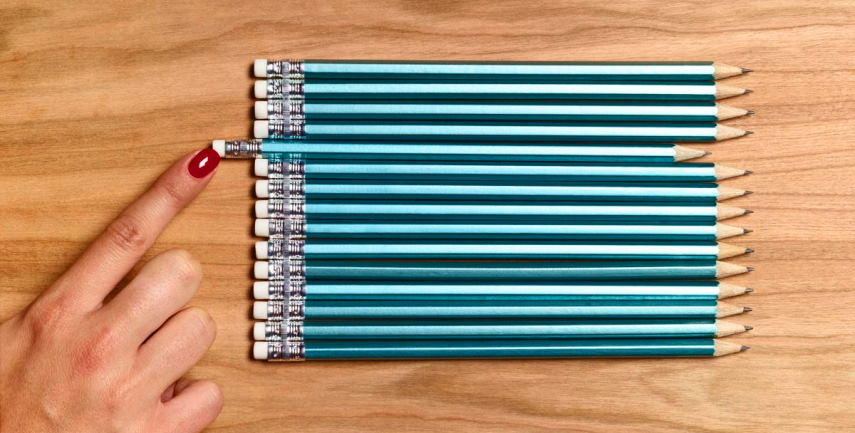Perfectionism can be a double-edged sword; on the one hand, it compels us to strive for excellence and apply maximum effort to our work. But on the other hand, it can lead to endless cycles of revisions, developing an overbearing sense of perfectionism that keeps us from creating anything new. If we allow our inner critic’s voice to take control of our creative process, then as designers, we might find ourselves confined by rigid standards instead of being empowered by them. But fear not–there are many ways that we can break free from unhealthy perfectionist anxieties and use them to create better designs! In this blog post, I’ll discuss some practical steps to combat perfectionist tendencies to achieve more meaningful design outcomes.
How perfectionism ruins creativity in graphic design
Perfectionism can cause a creative roadblock if taken to the extreme. It can hinder creativity by causing designers to get caught up in details and become so focused on achieving perfection that they miss out on the bigger picture of their work. Perfectionists often struggle with setting boundaries and are unable to move on from a project when it is ‘good enough,’ meaning they may spend too much time polishing one element at the expense of another. They may also be more likely to overlook mistakes, which are seen as insignificant because of their drive for perfection.
Over-perfectionism can lead to paralysis by analysis, an inability to make decisions due to overworking elements until there is no room for improvement. Designers are at risk of putting too much time and effort into a project, which can lead to creative burnout and exhaustion. This can directly affect the quality of their work, as designers become so focused on small details that they lose sight of the purpose or goal of their project.

Finally, perfectionism can lead to an obsession with maintaining consistency rather than exploring new ideas. Perfectionist designers often stick to what they know because they fear making mistakes or failing. Due to this fear, they may be unwilling to take risks and experiment with innovative solutions. As such, graphic design professionals must find ways to manage their perfectionism to create more successful designs. Again, balance is key here, allowing for improvement and refinement while also being willing to take risks and explore new ideas. This will help graphic designers remain creative, innovative and successful.
Achieving a balance between striving for perfection and allowing creativity to flow freely is key to success as a graphic designer. It’s important to remember that when it comes to design, sometimes ‘good enough’ is good enough! There’s no need to agonize over details or spend hours perfecting one element at the expense of another; instead, focus on creating work that achieves its purpose and does justice to your own creative vision. Your designs should express yourself, not a result of trying too hard for perfectionism. With this mindset, you can create successful designs while avoiding the creative roadblocks that can come with perfectionism.
By learning to accept imperfection and use it as a tool for creativity, you’ll be able to create powerful, effective designs that still have your own unique style. Of course, perfectionism has its place in graphic design, but it shouldn’t take over and ruin your creative process. Instead, take the time to find that equilibrium between making something perfect and allowing yourself room to be creative – it could make all the difference.

How to overcome perfectionism and get your designs done
When overcoming perfectionism and getting your designs done, the key is to focus on progress instead of perfection. Start by setting realistic goals for yourself. Then, break up big projects into smaller tasks that you can manage without feeling overwhelmed. This will help you stay focused and motivated as you work through different design stages.
Another tip for overcoming perfectionism is taking breaks and focusing on self-care when needed. Make sure you allow yourself enough time between design sessions to rest and reenergize so you can come back with fresh eyes and a new perspective.
Finally, be easy on yourself if things turn out differently than you want them to. Accepting that not every design will be perfect is key to overcoming perfectionism and getting your designs done. In addition, it’s important to remember that the design process is as important as the finished product, so remember to enjoy it.
These tips can help you overcome perfectionism and finish your designs quickly and effectively. Remember, progress is better than perfection, and with enough practice, you’ll be able to reach your creative goals.
